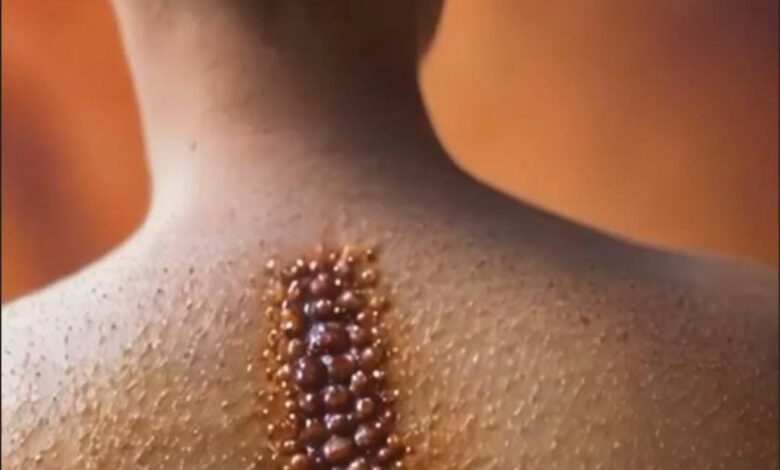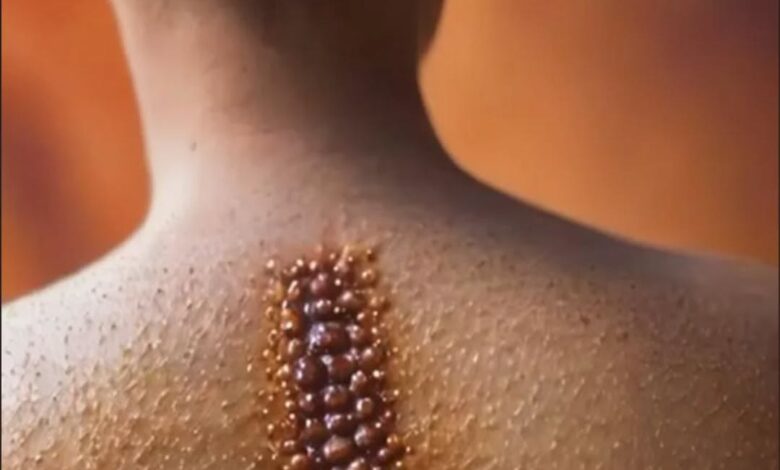
Acne is often dismissed as a teenage nuisance, but for some people, it can be a serious medical concern that requires professional attention. While mild breakouts can often be managed with over-the-counter creams or basic skincare routines, certain types of acne signal the need for a dermatologist’s care.
One of the most important indicators is the severity of the acne. If someone is experiencing cysts, nodules, or deep, painful lesions, it’s no longer just a cosmetic issue. Cystic acne, in particular, can cause significant discomfort and may lead to permanent scarring if left untreated. Nodules are hard, inflamed bumps beneath the skin’s surface that can persist for weeks and are often resistant to conventional treatments.
Another reason to seek professional care is the timing and persistence of acne. Late-onset acne refers to acne that develops in adulthood, often in people who never experienced significant breakouts as teenagers. This type of acne can sometimes indicate underlying hormonal imbalances, stress, or other health concerns. Persistent acne occurs when acne continues beyond adolescence, failing to resolve naturally over time. Individuals with persistent acne may find that over-the-counter products provide only temporary relief, highlighting the need for targeted treatment.
Seeing a dermatologist early can help prevent complications such as scarring, hyperpigmentation, and emotional distress. Dermatologists can assess the underlying causes, whether hormonal, genetic, or lifestyle-related, and create a tailored treatment plan. Options may include prescription topical or oral medications, hormonal therapy, or advanced procedures like chemical peels or laser treatments.In short, while many people struggle with occasional breakouts, severe, painful, or persistent acne is a signal that professional care is needed. Addressing it promptly not only improves the skin’s appearance but also helps protect long-term skin health and overall well-being.
